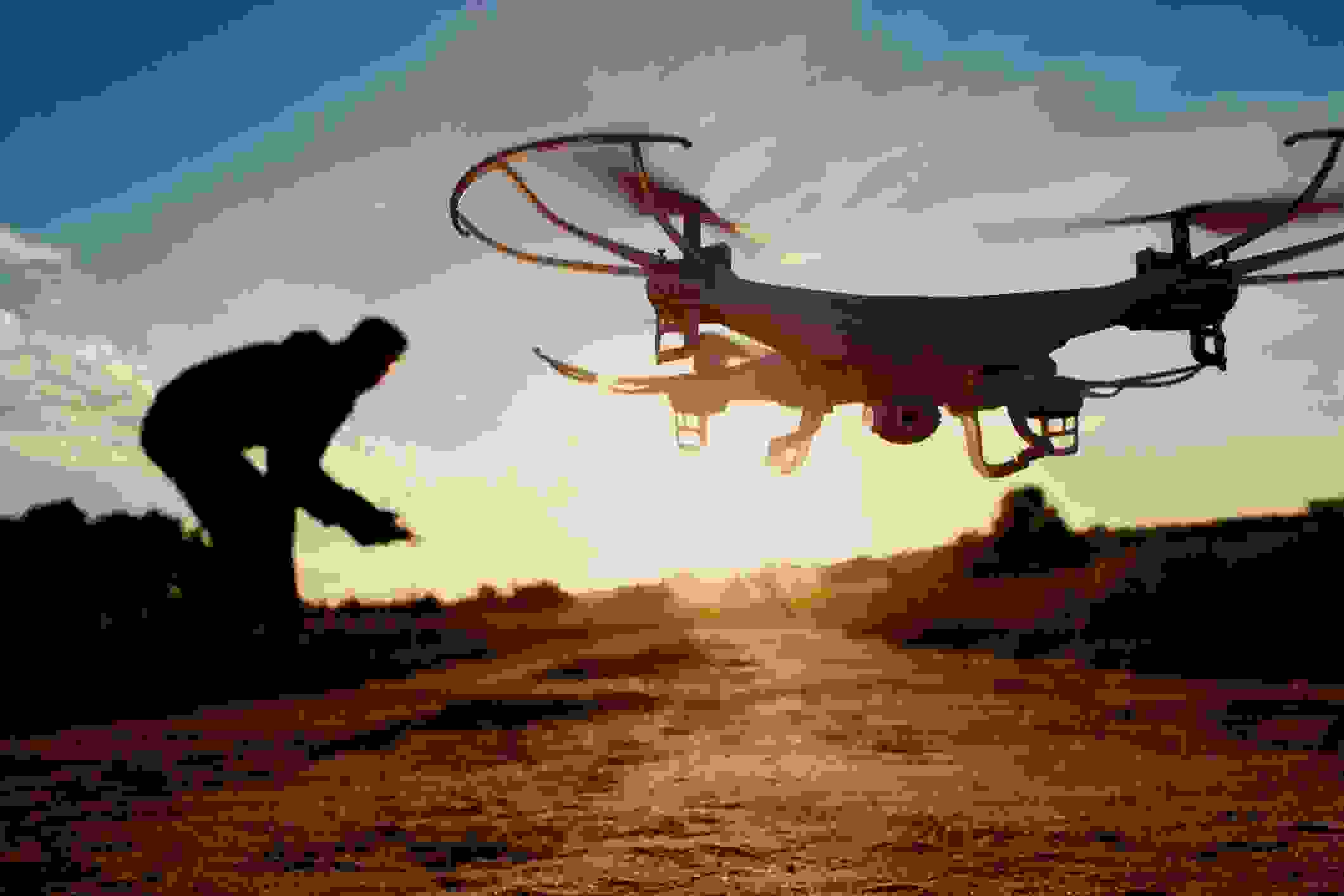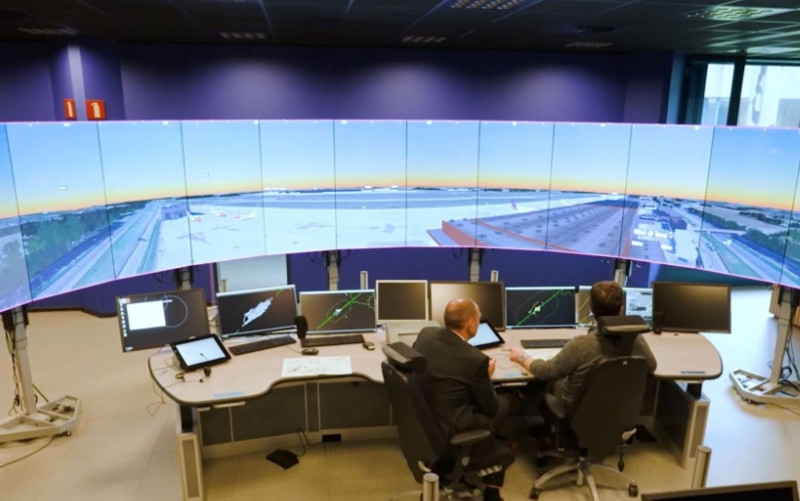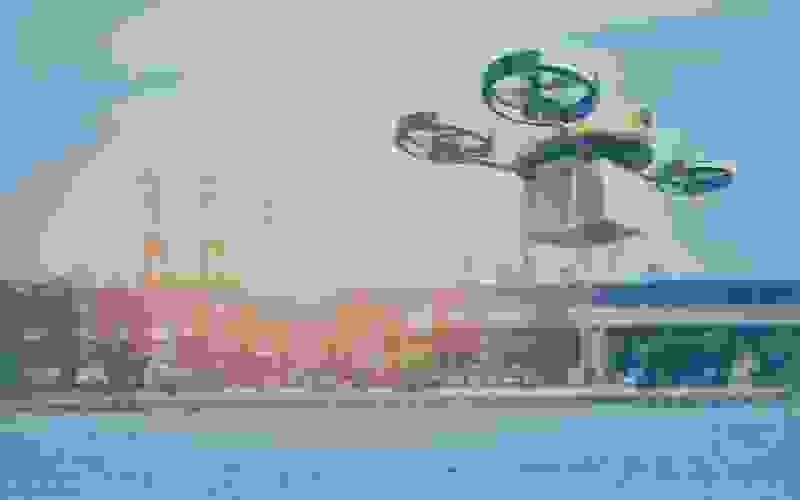Drones, a new reality

A few years ago, people were barely aware of them and they were used primarily by the military. Nowadays however, drones are becoming more and more part of our everyday life. Photos, videos, explorations and environmental analyses, deliveries of various goods are all applications that will increase their use in the airspace. skeyes takes the lead to integrate them safely in the existing traffic.
Everyday entertainment
Drones: in the meantime, we’ve all seen them pop-up somewhere. Maybe just the smaller ones which get sold in many places, online or just around the corner where we also buy our new mobile phone. Most of those don’t survive for very long, they end high up in some tree or get crashed against the nearest kitchen cabinet. But that’s not too bad, they are just toys anyhow and used just for the fun of flying.
But they also appear more and more in the bigger versions, the ones which get used by professional pilots for all sorts of reasons. In most of the cases the are equipped with a high-quality camera and take pictures or videos for a wide range of reasons. It could be taking aerial shots of the house next door which is being put on the market and the realtor needs nice pictures to advertise the house on-line. But the onboard cameras might even be more specialised and used get good thermal images of solar panel farm to see which cells have lost their efficiency and need to be replaced.
Just two examples of real-life application where not too long ago you needed a very expensive helicopter to get it done. As getting a drone in the air is so much cheaper we’ll see more and more of them in our skies not just for taking nice pictures but soon also for example for carrying blood samples from one hospital to an other without the burden of getting stuck in traffic jam along the way.
Safety first
But with the emergence of this new type of aircraft came a new safety risk. How do keep it all safe for everybody? How do we avoid drones flying in places where they represent a real danger for other airplanes and their passengers? And even the smaller types of drones, the ones we see as innocent toys, can make a big impact when hitting a cockpit windows of a helicopter on rescue mission at low altitude.
That is why skeyes in collaboration with the Belgian Civil Aviation Authority (BCAA) has set up the Droneguide initiative. It has more than one ambition.
Droneguide App

The first one being the goal to inform drone pilots on where they can fly safely and what rules they should respect. As a recreational pilot flying just for fun you should for example keep your drone low enough and refrain from flying completely when you’re too close to an airport. But you might wonder: how close is ‘too close’? That’s where droneguide.be comes in handy. Either by looking on the Droneguide website showing the map of no-fly zones or even better, by using the Droneguide mobile app, skeyes will tell you whether you’re too close to an airport or not.
For commercial drone pilot other rules apply but here too Droneguide comes to the rescue, by clicking on a button on the Droneguide mobile app you simply let us know what type of commercial drone pilot license you hold and we’ll tell where you can fly or not. You simply indicate where you want to fly, how high you want to fly and which drone you intend to use and we will tell you if that’s OK or not.
But here we have a second ambition, we’ll not only help you to fly safely but we will also help you to streamline your operations. We offer drone fleet management and will soon support you as a commercial drone pilot in getting your specific flight approval using a digital portal.
So, whether you fly for fun or you turned it in to a business, we will help you to fly safely and efficiently. Feel free to go and check on www.droneguide.be and download our app!





